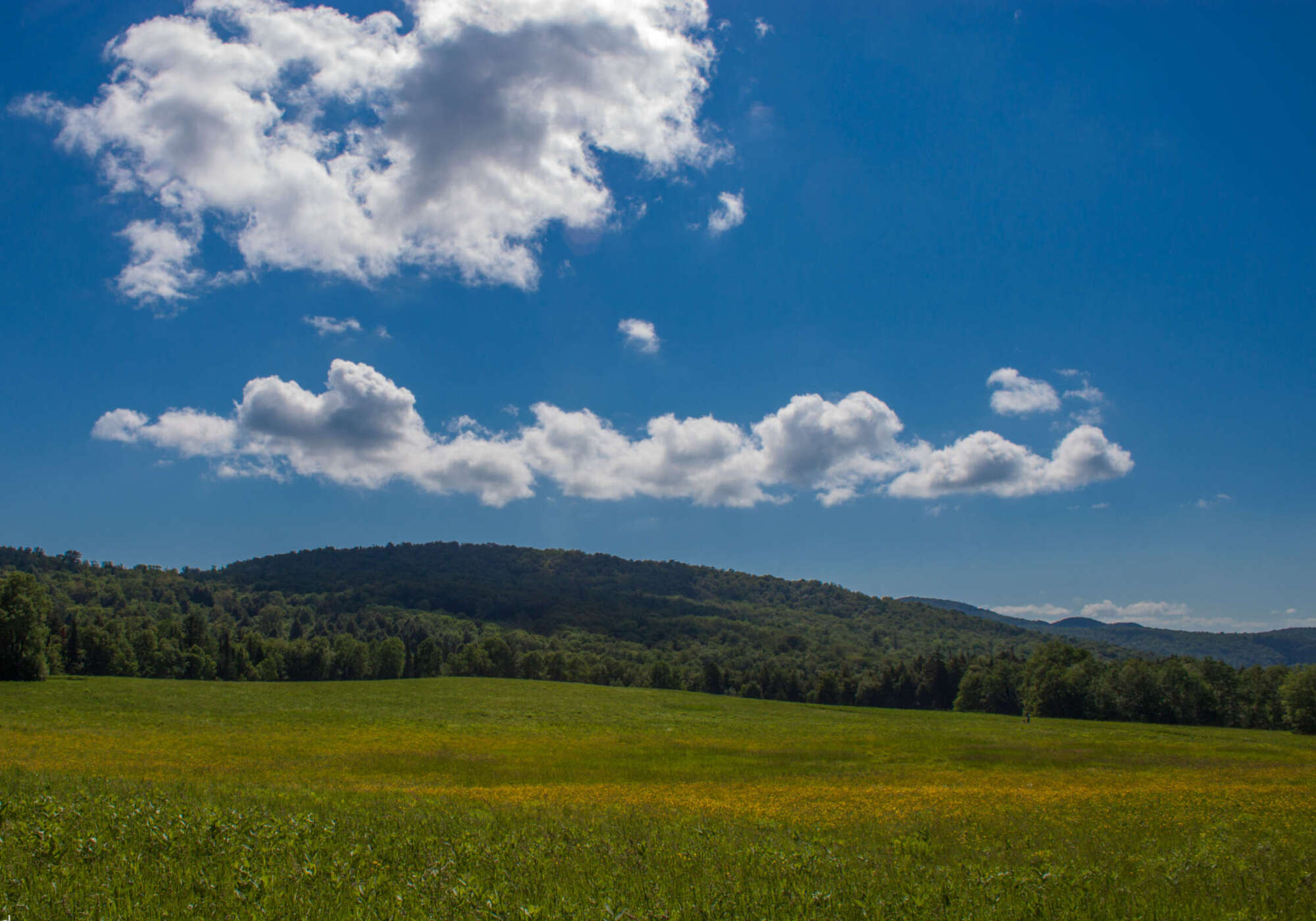

The avian breeding season is winding down. Even a few southbound shorebirds will trickle through the region this month on their “fall” migration. But as the dawn bird chorus fades from northern woodlands, fields and wetlands erupt in the sparkle and drama of summer insects. Here’s a short guide to some of the other glitter now on the wing.
By Kent McFarland
National Moth Week celebrates the beauty, life cycles, and habitats of moths. “Moth-ers” of all ages and abilities are encouraged to learn about, observe, and document moths in their backyards, parks, and neighborhoods. Held worldwide during the last full week of July, National Moth Week offers everyone, everywhere, a unique opportunity to become a community scientist and contribute information about moths. Through partnerships with major online biological data depositories, participants can help map moth distribution and provide needed information on other life history aspects around the globe.
Here at VCE, we map moth distribution throughout the year on the Vermont Atlas of Life on iNaturalist. So, make sure to upload your moth photos all year round!
By Kent McFarland
Although it is by no means a carnivorous plant, Common Milkweed can be a killing field for small insects. Take the saga of a European Skipper, a tiny orange butterfly now on the wing. With its foot stuck in a milkweed flower like a Chinese finger trap, the skipper was struggling to free itself. On another flower nearby, only a leg remained from a previous struggle. Survey enough milkweed flowers, and eventually, you’ll find a few dead insects, usually small species, left dangling from a leg or two. Here’s a full report from a field full of milkweed.
By Kent McFarland
Male and female Common Loons both tend to their young, feeding insects and minnows at first and larger fish later. Although loons will eat almost any fish they catch, perch are a favorite food. A loon’s average dive length is 35-40 seconds. Most fish are swallowed underwater, with only the occasional larger fish brought to the surface. In a loon’s gizzard, powerful enzymes and stomach acids help to digest the fish – bones included.
Adults guard their chicks during this period. Males might “yodel” at intruder loons or boaters who come too close. If intruder loons are present, chicks are often hidden near shore. The parents will also move the family to areas with less wind and wave action.
You can learn more about Vermont’s loons and join the annual LoonWatch (July 15, 2023) on VCE’s Vermont Loon Conservation Project website.
By Jason Hill
Despite the name, Skunk Currant (Ribes glandulosum) produces a tasty berry…if you can get past the pungent smell that develops as the fruit ripens. This low-lying shrub of the subalpine and alpine zones prefers moist soils and produces a small, white, five-petaled flower with purple stamens in May. The Skunk Currant’s specific epithet stems from the stiff glandular hairs that cover the ripening fruit in July and August. The leaves often take on a stunning assortment of red coloring in the fall.
However, Ribes species (currants and gooseberries) are carriers of white pine blister rust, which can lead to localized loss of high-elevation White Pine (Pinus strobus) in New England. This rust is caused by a fungus (Cronartium ribicola), native to Asia, with a complex life cycle requiring multiple hosts. All North American white pines are susceptible. Ribes spp. that carry this rust develop tiny yellow spots and orange-yellow fruiting bodies (that resemble metal rust) on the leaves. Ultimately these fruiting bodies (uredia) produce wind-transported uredospores that can infect White Pines within several miles. Infected pines develop cankers that destroy the cambium, thus reducing the pine’s ability to transport water and nutrients. Infected pines often have browning needles, top dieback, and trunk lesions that produce abundant amounts of resin.
Check out all the observations of Skunk Currant on iNaturalist Vermont, more images, and a phenology chart, and add your observations too.